Fluxx’s Final Funding Push
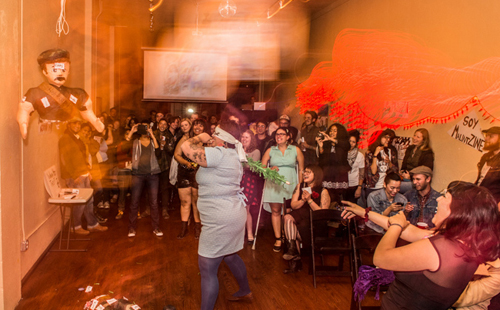
Fluxx Productions has hosted a bevy of art, music and cultural events
at its 414 E. 9th St. locale. photo: Chris Summitt/courtesy Fluxx Productions
On a Thursday morning in early May at nonprofit gallery and performing arts space Fluxx Productions, the main performance area was undergoing a sort of shift change. The chairs for the evening’s improv comedy show had only been set up on one half of the room when I found Executive Director and Founder Dante Celeiro by himself amidst the echo of hardwood floors and high ceilings. He and I each pulled a chair from a stack and parked across from each other in the open area. We were both wearing white v-neck T-shirts, jeans, and two-day-old beards. He was sporting a black and white trucker hat with the word “QUEER” printed on it in red.
The space at 414 E. 9th St., just east of 4th Avenue, is impeccably clean and brightly lit. A statue of the Virgin of Guadalupe overlooks everyone who enters from a nook just above the front door. The nook glows slightly red. The adjacent room features hardwood flooring and all of the trimmings of a flourishing theater company: a red-curtained stage in front; a cumbersome tech booth at the back complete with a mixing board of sorts (the kind with buttons that slide rather than push); a spotlight. A tiny altar has been erected behind the booth of colored bits of paper, hand-drawn pictures, words of inspiration in blue and yellow, the biggest of which reads HOPE in bold hand-lettering. Celeiro says that he and his volunteers have done all of the renovating—the stage construction, the flooring, the painting, even the construction of the tech booth—themselves, without the help of contractors. He is committed to this place and had even hoped to one day buy the building. Currently, it is a dream deferred.
When Celeiro demonstrates the lighting capabilities for me after our hour-long conversation, his enthusiasm about what Fluxx has to offer is clear. He explains that when he moved to Tucson from New York 14 years ago, he was in the middle of his transition toward having the male body that matched the gender-wiring in his brain, and that it was the gender-bending performance group Boys R Us—really still in its infancy at that time—that made him feel at home here.
“They had this energy,” says Celeiro, “and I didn’t know exactly what it was, but I knew I wanted to be a part of it.”
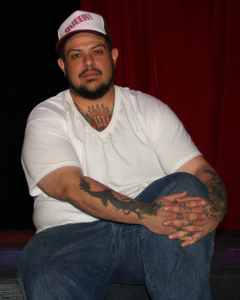
Fluxx Productions’ Executive Director Dante Celeiro.
photo: Craig Baker
He began performing with the group early on and eventually became their manager. Celeiro began building an extensive collection of theater equipment just to make sure that the troupe had ready-to-go what some venues didn’t keep in their own arsenals. And thus, after gaining some local attention for hosting the 2009 International Drag King Exposition Downtown, Fluxx Productions’ name and logo began appearing on the literature for Boys R Us shows. Another year later, Celeiro signed the lease to the current space on 9th Street.
He has operated the goings-on of the only lesbian, gay, bisexual, transgendered, and queer (LGBTQ) focused art space and venue in the Southwest ever since and says the announcement of Fluxx’s “imminent closure” at the end of June was intensely emotional for him.
“When I started writing everything down,” says Celeiro of the 900-word farewell/plea for help that appeared on the venue’s website and in press releases at the end of April, “what it is we do, the stuff we’ve done, and so much more we want to do—I had a meltdown.”
It is understandable. There is a lot more at stake here for the gallery/performance space owner than the loss of this art space if the organization can’t meet the roughly $50,000 goal by the end of June. Celeiro is also living in a loft at the rear of the building. Space, he says, that he eventually intended to utilize for the expansion of the stage and seating area.
It was about six months ago when agents from the Arizona Department of Liquor dropped by a potluck-style performance event at Fluxx to inform the nonprofit that their model of pouring beer and wine for 21-and-over patrons in exchange for donations was against the law. Celeiro maintains not only that the idea to serve alcohol in exchange for donations is still common practice among nonprofits and arts groups without liquor licenses, but goes on to say that his organization was “targeted.” Celeiro says that another business owner had filed a complaint against Fluxx specifically and so they were forced to take the booze out of the business plan.
The goal was to get a liquor license and eventually restore their regular fiscal model, but that, it turned out, was going to take a lot more than Fluxx had initially thought. To do so would require funds to meet the almost $5,000 monthly rent and expenses while the license was in review, $10,000 to renovate a bathroom to make it Americans With Disabilities Act compliant, and finally, the basic cost of getting the license, which was another roughly $10,000—not to mention back-paying bills that had apparently already begun piling up. And thus, the total figure needed to save the LGBTQ art hub now seems insurmountable without some sort of windfall.
Celeiro says that nonprofit dollars in the form of grants and even member funds have been on the decline, explaining that the community buzz about what they were doing at Fluxx seemed to have worn off after the first few years of operation. Add to that the loss of grants and Celeiro has been barely making it on a month-to-month basis for some time.
“Everybody’s fighting for the same funds,” he says of the nonprofit-operating game, “and the arts (budget) is the first thing to get slashed.” Once they were forced to stop selling alcohol, Celeiro says that keeping people’s—and even performers’—attention became an impossibility. Celeiro says that a number of his regular performers, from dance troupes to DJs, have stopped signing up to play at the gallery in favor of the crowds they can find already at the bars. “It all comes down to alcohol,” he says, frustrated.
Still, Celeiro and Fluxx have promised to honor their responsibilities through the end of June; events like the Queer Prom, the 3rd Annual LGBT Film Festival “Out in the Desert,” as well as their regular Tucson Improv Movement, Boys R Us, and Odyssey Storytelling engagements. Celeiro insists that he’d be happy to keep on doing what he’s doing much longer, too, should a huge chunk of money fall into their lap. But in the meanwhile, he has sold off most of his belongings and is in the beginning stages of moving his loft into boxes, though he was admittedly unwilling—in mid-May—to even think about what will happen if Fluxx is forced to vacate its current location.
For the time being, it’s business as usual, plus an online campaign and a series of fundraisers, even though the outlook from all objective angles is bleak. Either way, it’s passion we’re talking about, and that is a terrible thing for a community to lose.
For more information on Fluxx, events at the space in the month of June, or its fundraising campaign, visit FluxxProductions.com, check out its Facebook page, call 882-0242 or visit 414 E. 9th St.
Upcoming fundraisers include: A Fluxx Fundraiser at La Cocina Restaurant, 201 N. Court Ave., on Tuesday, June 3, from 5 p.m.-10 p.m.; Save Fluxx & Rainbow Defense Fund “Big Queer Extravaganza” on Saturday, June 7 at Fluxx, starting at 9 p.m., $5-$10 donation; Moist Heat II: A Drag Cabaret Fundraiser for Fluxx on Friday, June 13 at Fluxx, $10-$15; “The Boob Tube Saves Fluxx” on Saturday, June 21 at 9 p.m., $5-$10 at Fluxx.
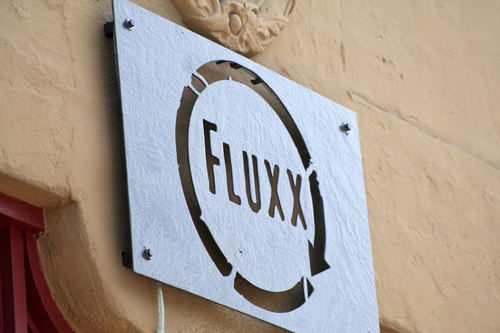
Fluxx’s sign outside of its doors on 9th Street.
photo: Craig Baker


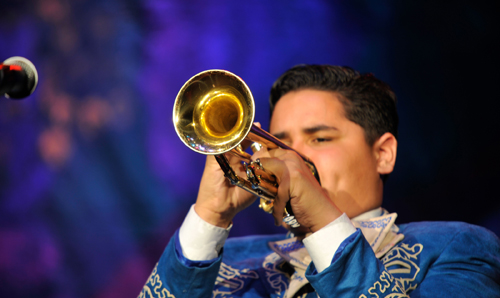
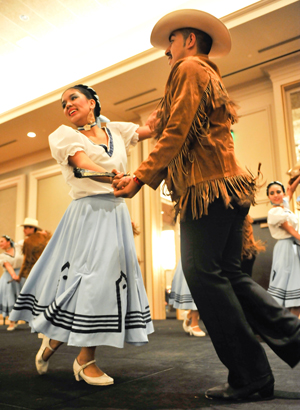
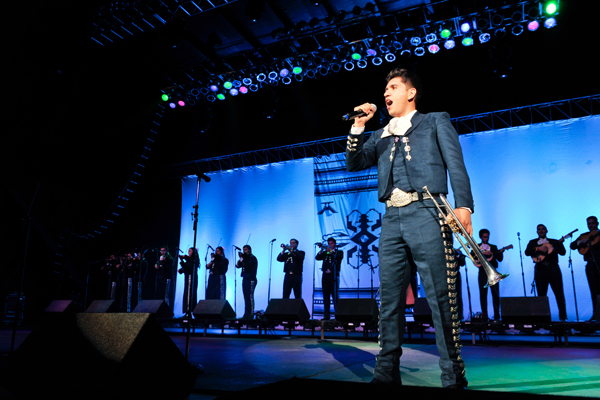
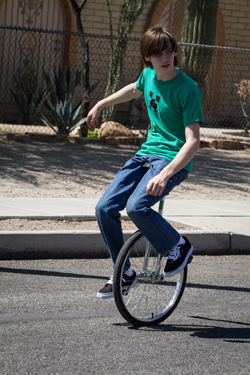


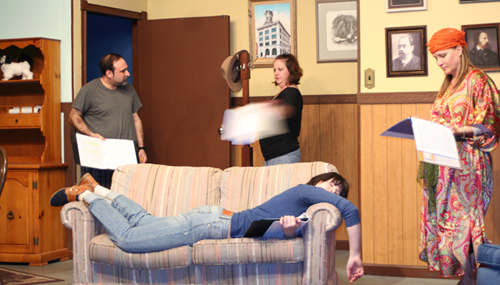
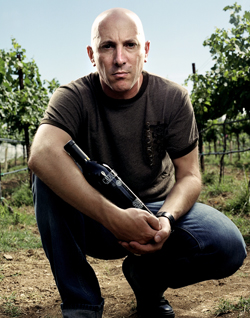

 When local artist Dirk Arnold went to architecture school in the mid-1980s, he says it was because he wanted to build models. “But it turns out building models was the thing you did at the last minute in a panic in architecture school,” he says, and so he put models aside after graduation for a career in graphic design. When he picked them back up decades later, the soft-spoken Arnold quickly became one of Tucson’s strongest voices for historical preservation.
When local artist Dirk Arnold went to architecture school in the mid-1980s, he says it was because he wanted to build models. “But it turns out building models was the thing you did at the last minute in a panic in architecture school,” he says, and so he put models aside after graduation for a career in graphic design. When he picked them back up decades later, the soft-spoken Arnold quickly became one of Tucson’s strongest voices for historical preservation.
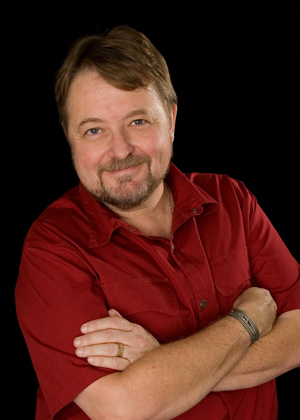

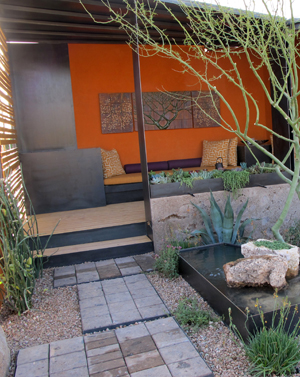
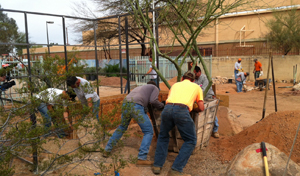
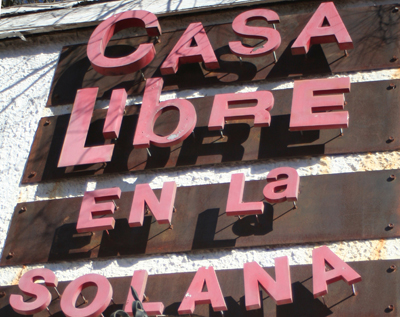
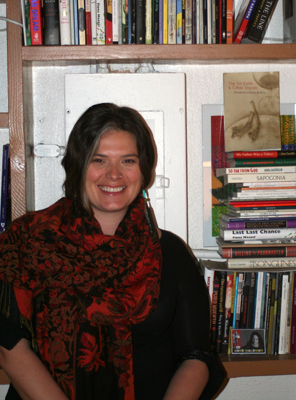
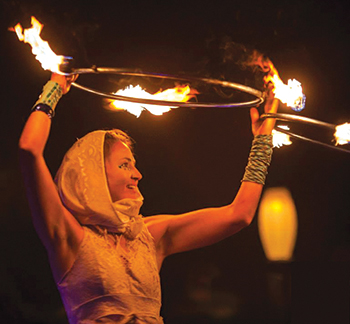
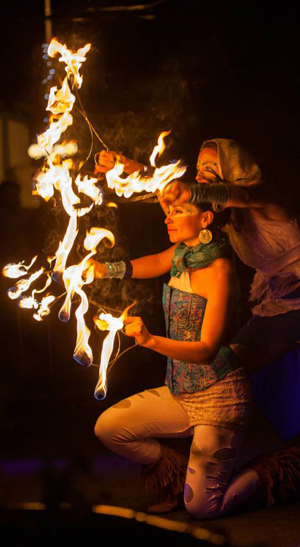




Also find us on...